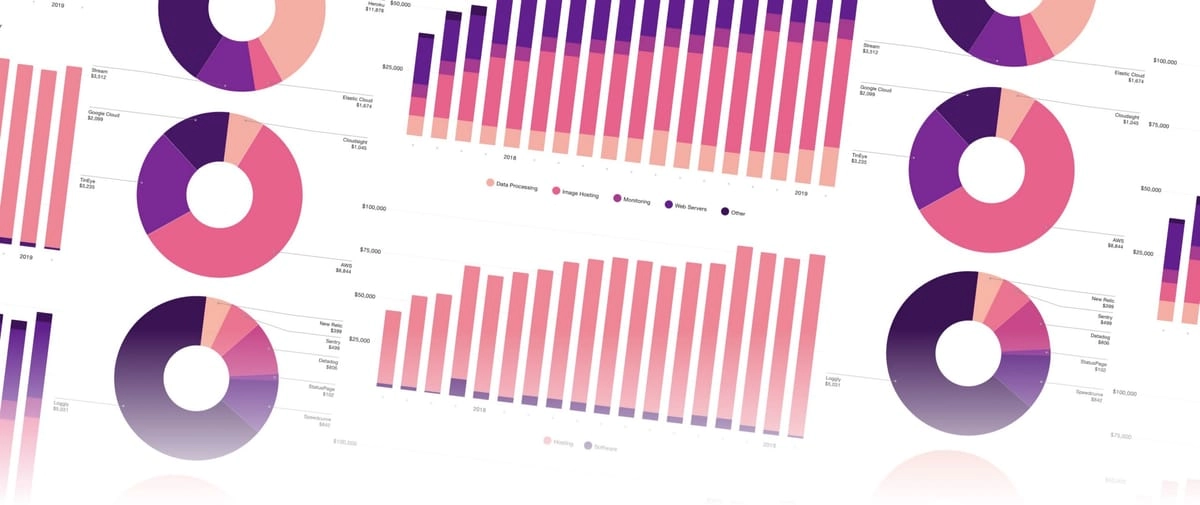The Best Tools for Gathering Client Feedback: Enhancing Your Business’s Success

As a business owner or manager, one of your most valuable resources is client feedback. Understanding what your clients think about your products or services can provide invaluable insights into how to improve and grow your business. In this article, I will discuss the importance of client feedback for business success, the different types of client feedback, and the benefits of using tools for gathering client feedback. I will also list the top tools for gathering client feedback and offer tips on effectively using them. By the end of this article, you will have the knowledge and tools you need to enhance your business’s success through client feedback.
Table of Contents
The Importance of Client Feedback for Business Success
Client feedback is crucial for the success of any business. It provides valuable insights into customer satisfaction, identifies areas for improvement, and helps you understand the needs and preferences of your target audience. By listening to your clients and addressing their concerns or suggestions, you can build stronger relationships, improve customer loyalty, and ultimately increase sales.

Several ways to gather client feedback include surveys, interviews, focus groups, and social media monitoring. Each method has advantages and disadvantages, and the most effective approach will depend on your specific business and target audience. Regardless of your chosen method, the key is actively seeking and listening to client feedback regularly.
Understanding the Different Types of Client Feedback
Client feedback can be categorized into two main types: qualitative and quantitative feedback. Qualitative feedback provides in-depth insights into your clients’ thoughts, feelings, and experiences. This type of feedback is typically gathered through open-ended questions or interviews. It allows you to understand the reasons behind your clients’ opinions and helps you identify specific areas for improvement.
On the other hand, quantitative feedback provides numerical data that can be analyzed and measured. This type of feedback is usually gathered through surveys or rating scales. It allows you to track trends, identify patterns, and measure customer satisfaction. While quantitative feedback provides valuable statistical data, qualitative feedback may offer a different depth of insight than qualitative feedback.
Gathering qualitative and quantitative feedback lets you understand your client’s needs and preferences and make informed decisions to enhance your business.
The Benefits of Using Tools for Gathering Client Feedback

Using tools designed for gathering client feedback can significantly streamline the process and enhance its effectiveness. These tools offer a wide range of benefits, including:
- Automation: Feedback gathering tools automate collecting, organizing, and analyzing client feedback. This saves you time and effort, allowing you to focus on implementing improvements rather than managing feedback.
- Centralization: Feedback-gathering tools centralize all client feedback in one place, making it easy to access and review. This makes it easier to identify trends, track progress, and prioritize actions based on client feedback.
- Anonymity: Some feedback-gathering tools allow clients to provide feedback anonymously. This encourages honest and unbiased feedback, as clients may be more inclined to share their true thoughts and opinions without fear of repercussions.
- Real-time insights: Feedback-gathering tools provide real-time insights into client feedback, allowing you to identify emerging trends or issues that require immediate attention. This enables you to respond quickly and effectively to client needs.
- Data-driven decision-making: Using feedback-gathering tools, you can gather and analyze large amounts of data to make informed decisions. This helps you identify areas for improvement, prioritize actions, and allocate resources more effectively.
With these benefits in mind, let’s explore some of the top tools available for gathering client feedback.
Top Tools for Gathering Client Feedback – Tool A
Tool A is a versatile feedback-gathering tool that offers many features to help you collect and analyze client feedback. It allows you to create customizable surveys, collect responses, and generate detailed reports. With Tool A, you can easily track client satisfaction levels, identify improvement areas, and measure your initiatives’ success. The tool also integrates with popular customer relationship management (CRM) systems, allowing you to centralize all client feedback and streamline your workflow.
Top Tools for Gathering Client Feedback – Tool B
Tool B is an intuitive, user-friendly feedback-gathering tool that simplifies collecting and analyzing client feedback. It offers a variety of survey templates and customization options, making it easy to create surveys that are tailored to your specific needs. Tool B also provides real-time analytics and reporting, allowing you to monitor feedback trends and respond quickly to client needs. Additionally, the tool integrates with popular project management tools, making it easy to assign and track action items based on client feedback.
Top Tools for Gathering Client Feedback – Tool C
Tool C is a comprehensive feedback-gathering tool that combines the power of surveys, analytics, and collaboration features. It offers a range of survey templates and question types, allowing you to gather feedback in a format that suits your needs. Tool C also provides advanced analytics and reporting capabilities, enabling you to gain deep insights into client feedback. The tool’s collaboration features allow you to easily share feedback with your team, assign tasks, and track progress. With Tool C, you can gather, analyze, and act on client feedback all in one place.
How to Choose the Right Feedback-Gathering Tool for Your Business

When choosing a feedback-gathering tool for your business, you must consider your specific needs, budget, and target audience. Here are some key factors to consider:
- Ease of use: Look for a tool that is user-friendly and intuitive, with a simple interface that allows you to create, distribute, and analyze surveys with ease.
- Customization options: Choose a tool that offers a variety of survey templates, question types, and branding options, allowing you to tailor the surveys to your specific needs and maintain a consistent brand image.
- Integration capabilities: Consider whether the tool integrates with other software or platforms that you use, such as CRM systems or project management tools. Integration can streamline your workflow and centralize all client feedback in one place.
- Analytics and reporting: Look for a tool that provides robust analytics and reporting capabilities, allowing you to gain valuable insights from client feedback and make data-driven decisions.
- Security and privacy: Ensure the tool has robust security measures to protect client data and privacy. Look for features like data encryption and compliance with relevant regulations, such as GDPR.
By considering these factors and evaluating the features and capabilities of different feedback gathering tools, you can choose the tool that best meets your business’s needs.
Tips for Effectively Using Feedback Gathering Tools
Once you have selected a feedback-gathering tool for your business, it’s essential to use it effectively to maximize its benefits. Here are some tips to help you get the most out of your feedback-gathering tool:
- Set clear objectives: Clearly define your objectives and what you hope to achieve through gathering client feedback. This will help you structure your surveys and focus on the most critical areas.
- Keep surveys concise: Avoid overwhelming your clients with lengthy surveys. Keep your survey questions concise and focused to encourage higher response rates.
- Act on feedback: Regularly review and analyze the feedback you receive and take action based on the insights gained. Please communicate with your clients about your changes due to their feedback to demonstrate that you value their opinions.
- Engage with your clients: Use the feedback-gathering tool as an opportunity to engage with your clients and build stronger relationships. Communicate with them throughout the feedback process and thank them for their participation.
- Continuously improve: Use the feedback you gather as a starting point for continuous improvement. Regularly revisit your surveys, analyze trends, and identify new areas for improvement to ensure that your business is constantly evolving and meeting your client’s needs.
FAQs
Q: What tools are most effective for gathering and analyzing client feedback?
A: The effectiveness of feedback-gathering tools depends on your specific business needs and objectives. However, some popular tools widely praised for their capabilities include Tool A, Tool B, and Tool C. These tools offer a range of features to help you collect, analyze, and act on client feedback and are highly recommended by many businesses.
Conclusion: Enhancing Your Business’s Success with Client Feedback
Client feedback is a powerful tool that can enhance your business’s success. By actively seeking and listening to client feedback, you can gain valuable insights, improve customer satisfaction, and make data-driven decisions to grow your business. Using tools designed for gathering client feedback can significantly streamline the process and enhance its effectiveness. By choosing the right tool for your business, effectively using it, and continuously improving based on the feedback you receive, you can take your business to new heights of success. Start gathering client feedback today and unlock your business’s potential for growth and improvement.






